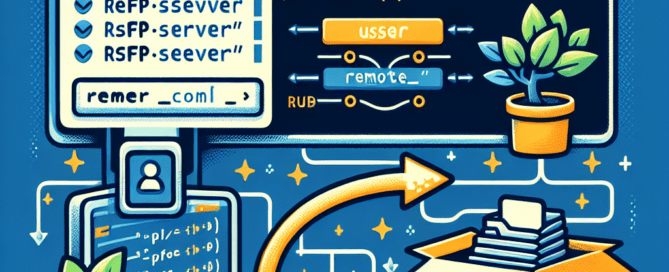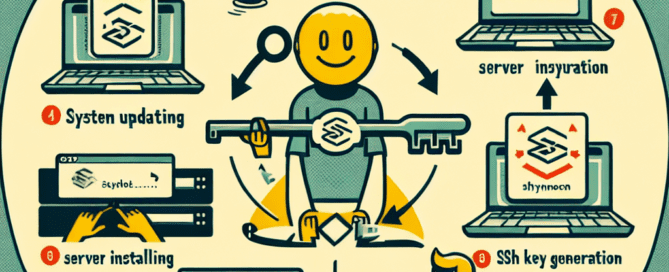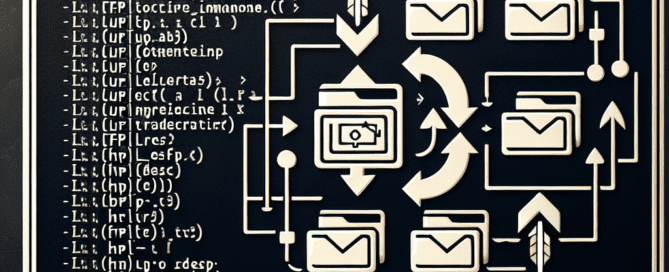Setting Up Two-Factor Authentication (2FA)
Two-Factor Authentication adds an extra layer of security to your accounts beyond just a password. Here’s how you can set it up step by step: Access Security Settings: Log into your account and navigate to the settings or security section. Select 2FA Option: Look for an option labeled "Two-Factor Authentication", "Two-Step Verification", or something similar [...]










